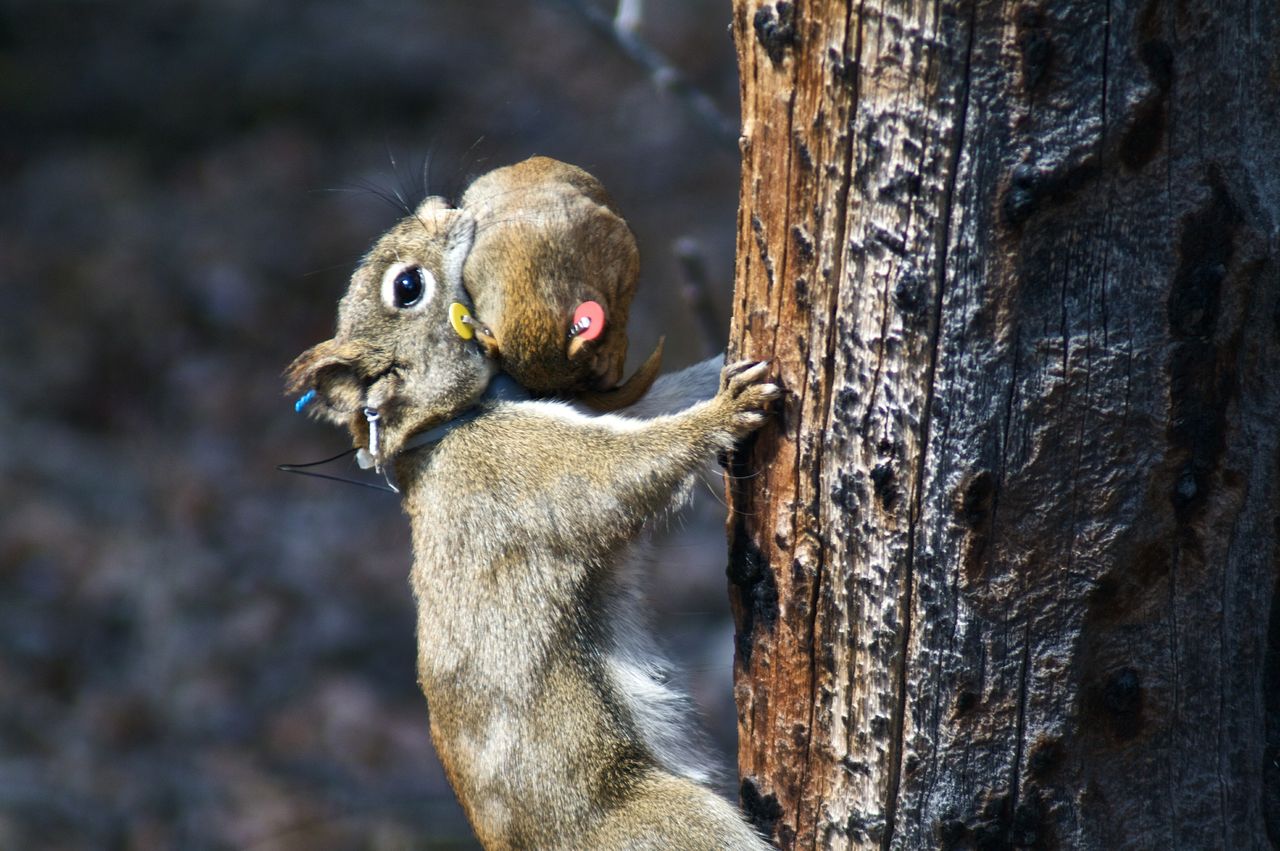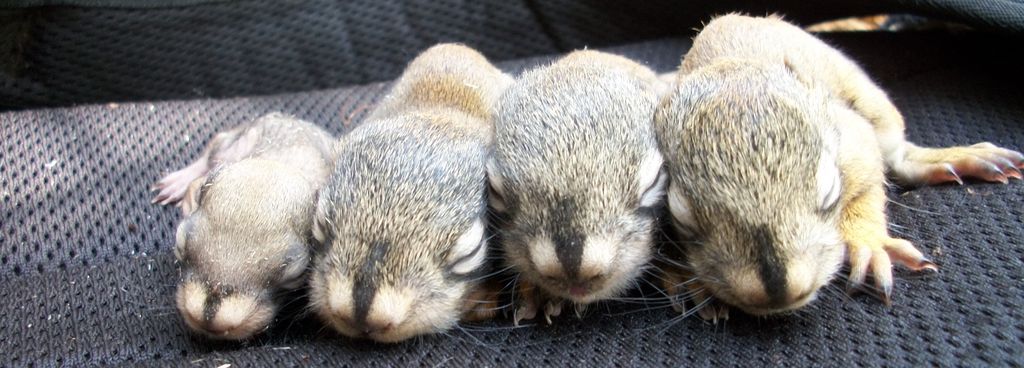How Red Squirrels Are Like Tiger Moms

Red squirrel moms know how to give their offspring an early edge in a crowded forest.
New research shows the animals can speed up the growth rates of their pups to help ensure they'll be able to compete for turf when populations are dense. Surprisingly, stress, not more food, is the key to the mother's gift, scientists say.
Bigger squirrels have a better chance of staking out an exclusive territory, where they can freely feast on the seeds hidden in spruce-tree cones. Juveniles that don't manage to acquire a territory before their first winter often do not survive. [See Cute Pictures of Red Squirrel Pups]
"When population density is high, only the fastest-growing offspring survive," said study researcher Andrew McAdam, of the University of Guelph in Canada.
McAdam and colleagues studied North American red squirrels living in the Yukon. In field experiments, they played recordings of territorial squirrel vocalizations (known as "rattles") to trick the moms into thinking that the forests were more densely populated.
All the rattling caused pregnant squirrels to make more of the stress hormone cortisol and, in turn, the pups they gave birth to grew faster. Increased cortisol even gave a boost to offspring born in big litters, which tend to have slower growth rates.
"Despite the widespread perception that being stressed is bad, our study shows that high stress hormone levels in mothers can actually help their offspring," Ben Dantzer, now a postdoctoral researcher at the University of Cambridge, said in a statement. (Dantzer studied with McAdam when both were at Michigan State University.)
Get the world’s most fascinating discoveries delivered straight to your inbox.
But there is a trade-off. Squirrels that grow faster also burn out faster, too, typically dying younger than the late bloomers. When the forests are roomy, slow growth rates are more advantageous.
The research was detailed online Thursday (April 18) by the journal Science.
Follow Megan Gannon on Twitter and Google+. Follow us @livescience, Facebook & Google+. Original article on LiveScience.com.




